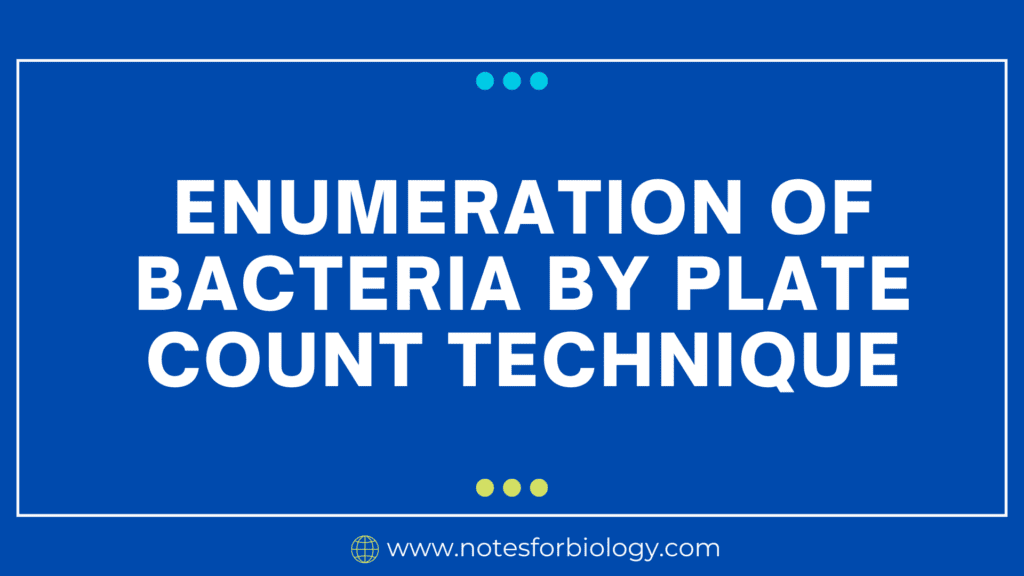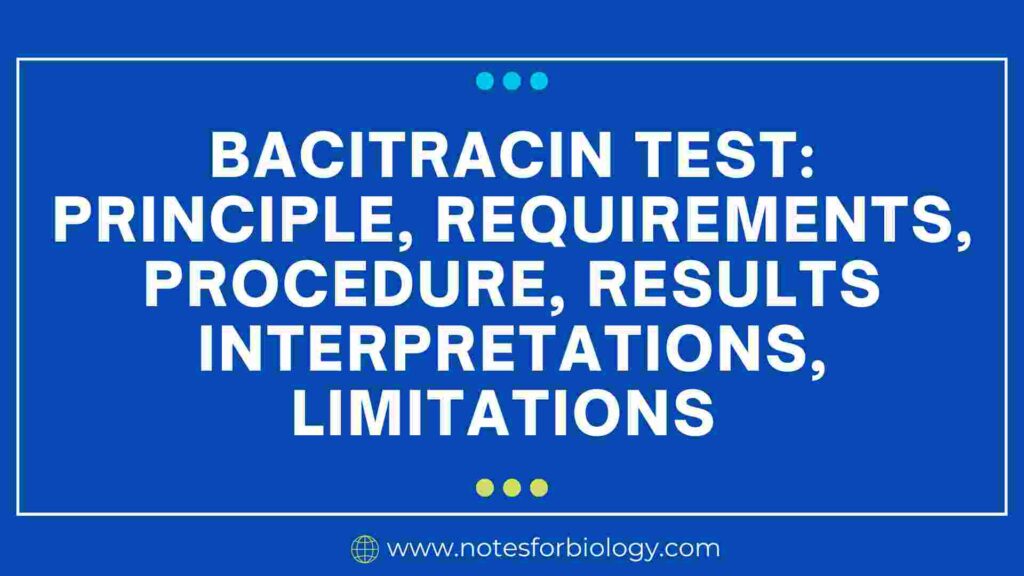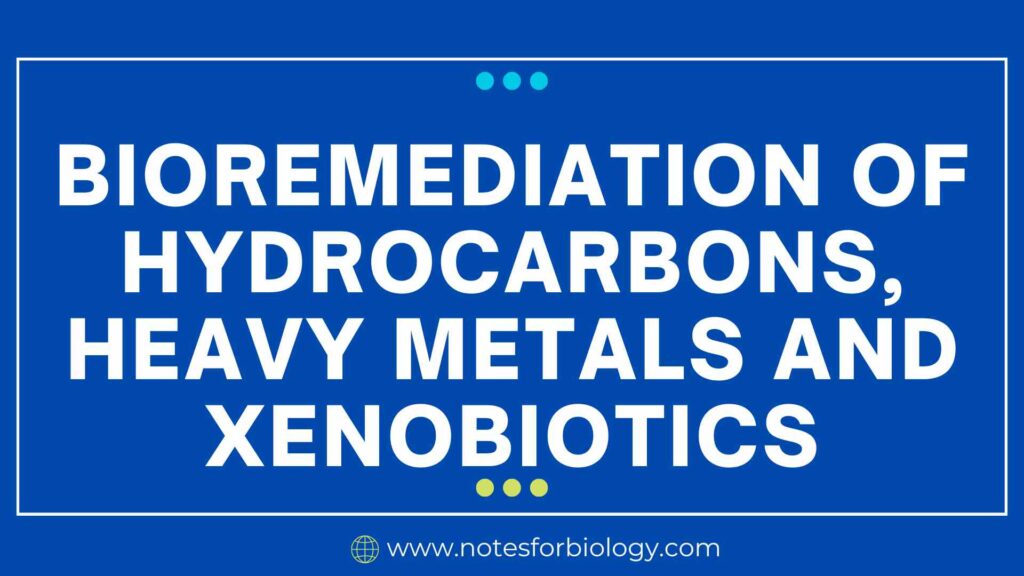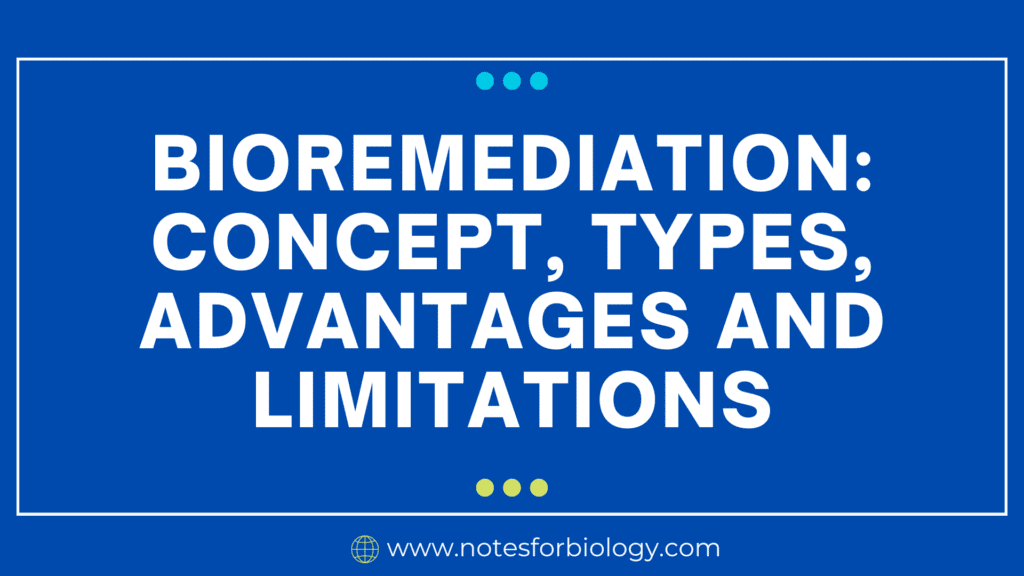Enumeration of bacteria by plate count technique
Enumeration of bacteria refers to the process of counting the number of bacteria in a given sample. This process is essential in various fields, including microbiology, food safety, environmental science, and clinical diagnostics, as it helps determine the microbial load and assess the safety and quality of products and environments. Enumeration of Bacteria To determine […]
Enumeration of bacteria by plate count technique Read More »










